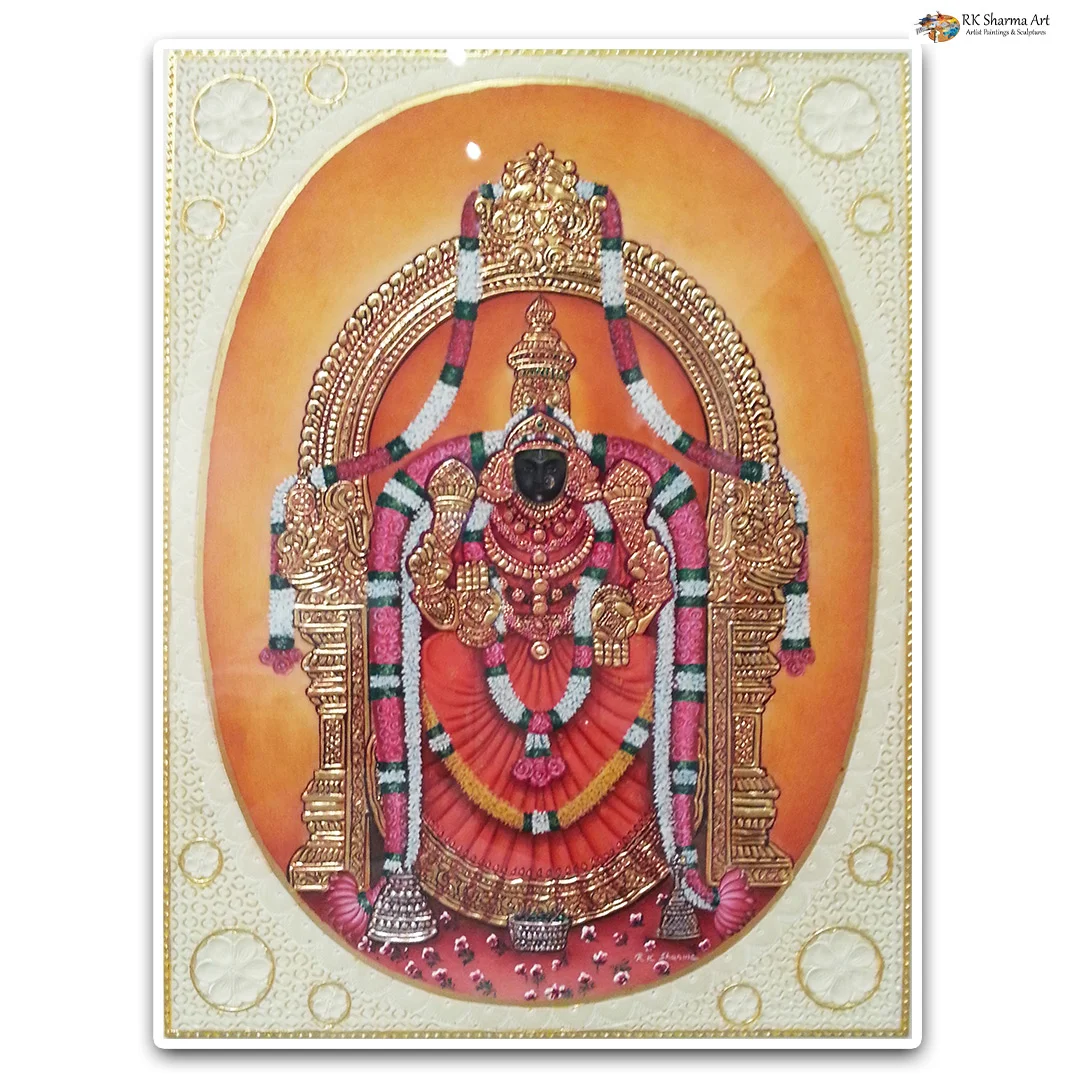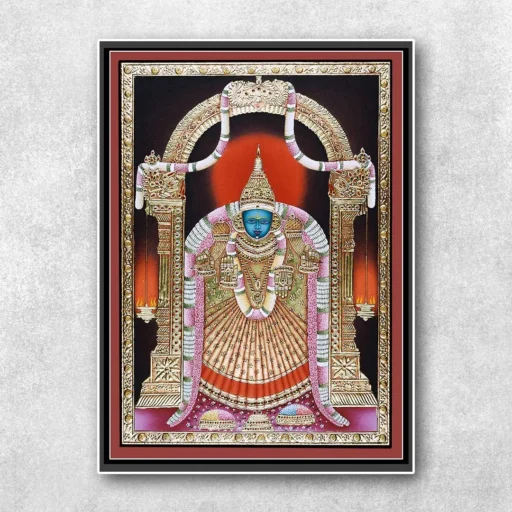In the vast tapestry of art history, miniature painting stands out as a testament to human ingenuity, patience, and a profound appreciation for detail. These small-scale masterpieces, often no larger than a few inches, have captivated art enthusiasts for centuries. In this exploration, we delve into the enchanting world of miniature painting, unraveling its origins, evolution, and the intricate techniques that breathe life into these diminutive marvels.
Origins and Historical Context:
The roots of miniature painting can be traced back to ancient civilizations, with notable examples emerging from Persia, India, and the Byzantine Empire. However, it was during the Mughal era in India that miniature painting truly flourished. The Mughal emperors, such as Akbar and Jahangir, were not only patrons of the arts but also avid practitioners.
These intricate artworks served various purposes, from illustrating manuscripts and religious texts to adorning the walls of palaces. The artists of this period meticulously depicted court life, flora and fauna, and mythological tales with a precision that continues to astound observers to this day.
Technical Prowess:
One of the defining features of miniature painting lies in the meticulous attention to detail and the use of finely crafted tools. Artists employ brushes with only a few hairs to achieve unparalleled precision. The pigments, often derived from minerals, plants, and even precious stones, contribute to the vibrancy and longevity of the colors.
Gold and silver leaf are frequently incorporated, adding a luxurious shimmer to the compositions. The artists’ ability to convey intricate details, such as the delicate features of a human face or the intricate patterns on textiles, reflects not only technical prowess but also a deep understanding of their subjects.
Themes and Subjects:
Miniature paintings encompass a wide array of themes and subjects, reflecting the cultural and historical context in which they were created. Religious narratives, royal portraits, courtly scenes, and depictions of nature are common motifs. The choice of subject matter often served to convey social and political messages, capturing the essence of a particular era.
In Persian miniature painting, for example, the delicate portrayal of gardens and courtly life often carried symbolic meanings, representing paradises and utopias. In Indian miniatures, themes from Hindu and Persian mythology were intricately woven into the fabric of the artworks.
Evolution and Global Influences:
As time progressed, miniature painting transcended geographical boundaries, leaving an indelible mark on global art. European artists, particularly during the Renaissance, were influenced by the meticulous techniques employed in miniatures. The emergence of the portrait miniature, a small and highly detailed portrait typically worn as a piece of jewelry, became a popular trend among the European elite.
In Japan, the tradition of “ukiyo-e” prints showcased similar attention to detail on a smaller scale. These woodblock prints depicted scenes of kabuki actors, landscapes, and beautiful women, illustrating the interconnectedness of artistic practices across cultures.
Challenges and Preservation:
Despite their diminutive size, miniature paintings present unique challenges for both artists and conservators. The intricate details demand immense skill and patience, and any mistake can be magnified on such a small canvas. Additionally, the fragility of the materials used requires careful handling and conservation efforts to ensure the longevity of these delicate masterpieces.
Preserving miniature paintings involves maintaining stable environmental conditions, protecting them from light exposure, and employing expert restoration techniques when necessary. The conservation process is a delicate balance between preserving the artist’s intent and ensuring the artwork’s structural integrity.
Contemporary Resonance:
In the contemporary art world, the spirit of miniature painting lives on. Artists continue to draw inspiration from historical techniques while infusing their works with modern perspectives. The revival of interest in traditional art forms has led to a renewed appreciation for the intricacy and craftsmanship inherent in miniature painting.
Contemporary artists explore diverse themes and experiment with new materials, pushing the boundaries of what can be achieved on a small scale. The enduring appeal of miniature painting lies not only in its historical significance but also in its ability to transcend time and resonate with audiences across different cultures.
Conclusion:
Exploring the masterpieces of miniature painting is a journey into a world where size does not diminish the impact of artistic expression. From the royal courts of Mughal India to the European salons of the Renaissance, these small-scale marvels have left an indelible mark on the canvas of art history. The intricate techniques, rich symbolism, and timeless themes embedded in miniature painting continue to captivate and inspire, proving that true artistry knows no bounds, whether large or small.


